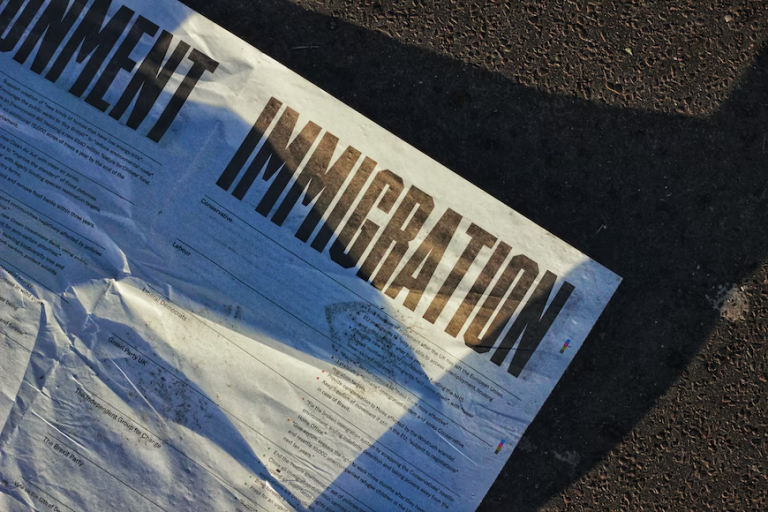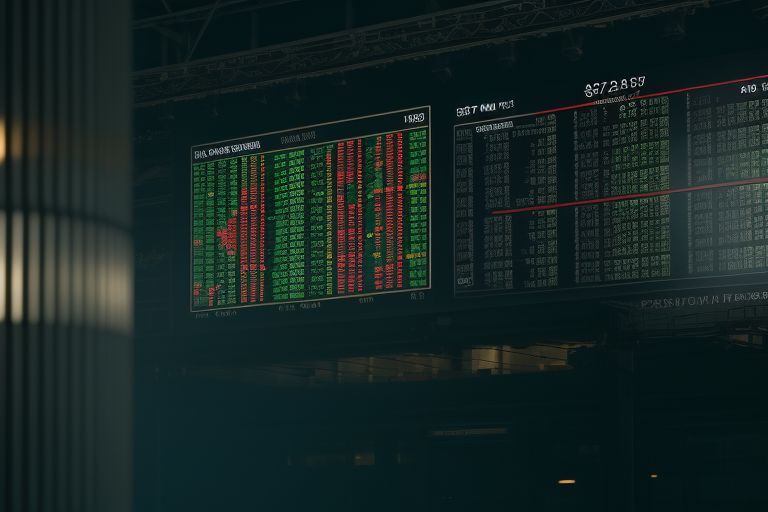As technology improves, more and more of our daily lives are moving online. This includes our financial lives. While most of us have been shopping online for many years, more of us are conducting bank transactions online while also moving money around on a variety of other online platforms. The obvious advantage is that financial transactions are more convenient and easy to complete online. However, these transactions have to be completed in a safe and responsible way. To make sure you stay safe when doing business online, here are some safety tips to follow.
Use Safe Sites
Before conducting any financial transaction online, look at the URL. There should be a padlock icon next to the URL, and when it’s locked, you know that the site and server you’re using is secure. Also, make sure there is an “s” in the https:// at the front part of the URL. The “so” confirms that the site is secure and that any personal information you enter will be encrypted and stay protected.
Stay Away from Public WiFi
Whenever possible, save your online banking and financial transactions for when you’re at home and using a secure network. The WiFi networks in coffee shops, hotels, malls, and other public places aren’t always secure, especially if you didn’t have to enter a password to access them. This makes your personal and financial data less secure and more at risk of being stolen by hackers.
Utilize Two-Factor Authorization
It can be a little frustrating and time-consuming to go through two-factor authorization when trying to pay for something. But receiving a pin via text or email is huge for making sure nobody but you gains access to your accounts. If you have the option of removing two-factor authorization, don’t take it. Luckily, many platforms require it for everyone no matter what in the interest of security. You may have found that both shopping websites and the most popular casino apps are using two-factor authorization to keep the accounts of their customers fully secure.
Beware of Phishing and Pharming Schemes
The act of phishing involves sending emails with links that either prompt you for sensitive information or install viruses to infiltrate your digital life. Similarly, pharming directs you to a fake website through similar links or emails, tricking you into entering your personal details. If hackers collect your personal information this way, they can access accounts where you conduct financial transactions. Needless to say, this allows them to wreak havoc on your personal finances. To avoid falling victim to these schemes, type in the URL of these platforms rather than clicking on email links unless you know for certain the email came from a trusted source.
Always Log Out
This is another inconvenience, but it’s vital for online safety. Every time you finish using an account where you conduct financial transactions or purchases, log out of your account. If you have a phone or laptop that is stolen, the thief won’t be able to access those accounts if you’ve remembered to log out. Otherwise, that person can start making financial transactions with your accounts. Of course, it goes without saying that you should use strong passwords and two-factor authorization. But logging out of your accounts adds another level of security.
Keep Tabs on Your Accounts
At every platform where you conduct financial transactions, make sure you keep close tabs on that account. Log into those accounts daily to check that everything looks normal. If you only check up on things weekly or monthly, if something isn’t right, you won’t know how much time has passed since there was a transgression, putting you behind the curve. If you spot any unusual activity, report it right away so it can get sorted out as quickly as possible












 Bitcoin
Bitcoin  Ethereum
Ethereum  Tether
Tether  XRP
XRP  USDC
USDC  Wrapped SOL
Wrapped SOL  TRON
TRON  Lido Staked Ether
Lido Staked Ether  Cardano
Cardano  Avalanche
Avalanche  Toncoin
Toncoin